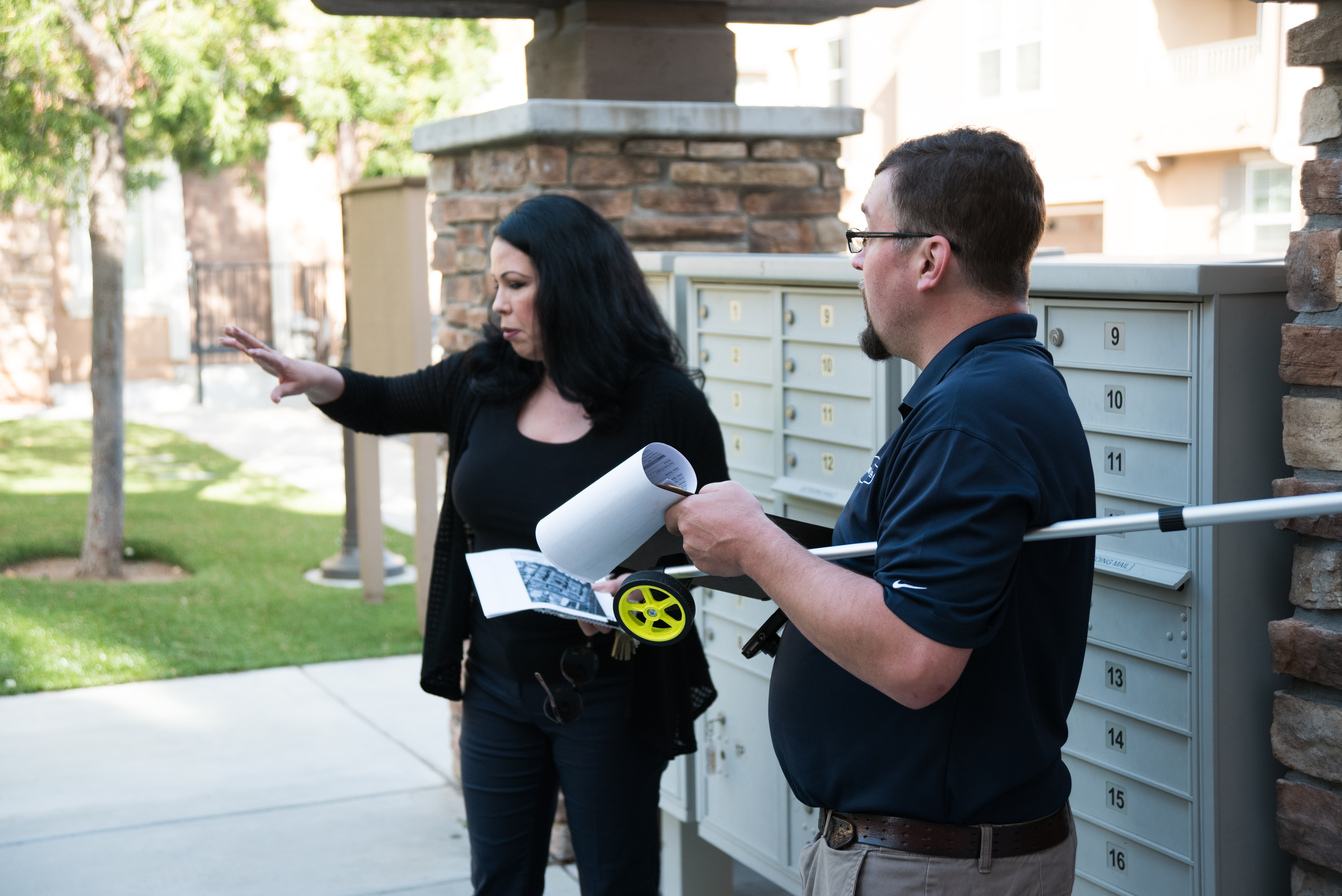We often come across HOAs that are struggling to handle disagreements, complaints, or controversial topics that are voiced by homeowners.
This is normal.
Just like a big family, there are going to be disagreements – many of them, in fact. The trick is how you deal with it. Sometimes the problems can even seemingly be boiled down to one disgruntled homeowner who shows up to each meeting to do nothing more than complain and disrupt the agenda.
But let’s take a closer look… in the mirror. Sometimes the problem is staring you right in the face.
The truth is that the overall attitude and behavior of the Board / Manager can either quell or exacerbate such problems in a hurry.
The problem is this underlying assumption many Boards make (whether they will admit it or not):
When owners show up at the meeting, there must be trouble. But if owners avoid the meeting, then they are apparently content with the Board’s decisions and the meetings will move smoothly and efficiently.
Then when reasonable owners show up at a meeting with valid points, they are treated as uninvited guests or worse – troublemakers. This underlying assumption that owner participation is something to be feared and avoided is the actual problem.
With this in mind we’ve put together a short list of suggestions about how to embrace homeowner participation:
1) Set the tone early
Always set ground rules for discussion from the start. Let the group know when they may address the Board, how much time they will have to speak, and set clear rules for speaking in turn and how to end the discussion.
2) Keep an open mind
Comments and participation are often not complaining but are taken as such because it creates more work. Give everyone a fair shot. Listen to their concerns and, most importantly, look at the issue from their point of view. You might find a very valid perspective that has never been considered.
3) Slow Down
Never rush to provide an answer or vote on a particular issue. It may be best to take more time to consider alternatives or do additional research, and revisit the matter at a future meeting. At the very least, this shows owners that their voices were heard – even if they don’t get the outcome they were looking for.
4) Lead by example
Most importantly, positive interaction at meetings starts with setting the right tone for the HOA as a whole. Be open and transparent with members. Be respectful and communicate regularly. Encourage owners to attend meetings, rather than seeking to avoid them.
If the board members come to understand that meetings are positive experiences, there will be greater participation and far less chaos.



Recent Comments